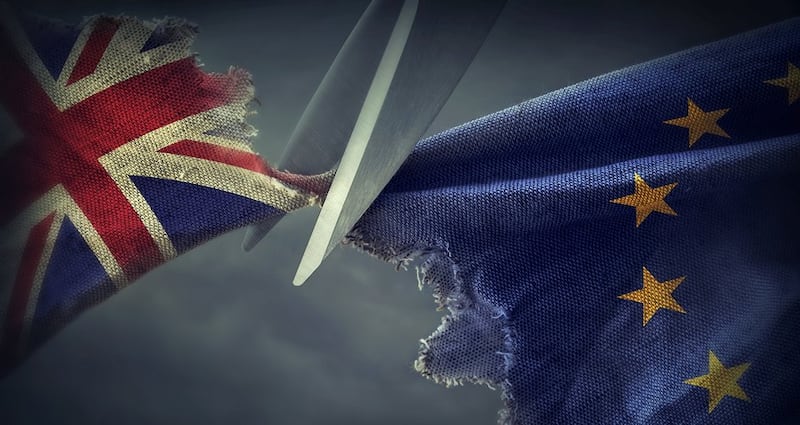What has just happened?
The European Union and United Kingdom have agreed the draft of a withdrawal agreement covering the terms of Britain's departure from the EU. The biggest difficulty here was agreeing a way to avoid the return of a hard Irish border. The main focus when the agreement is published will be on exactly how this is achieved. This is the much-discussed border backstop.
What exactly is the backstop?

It's really just a badly-named guarantee. It is a promise that no matter what happens in the future agreement on a trading relationship between the UK and the EU, to be negotiated during the transition phase, that there would be no hard border in Ireland.
The backstop was first agreed in principle last December, when the EU and the UK signed up to a “political declaration” that would form the basis for the withdrawal agreement. This also covered the UK’s financial settlement, the mutual rights of citizens and the two-year transition period which means nothing will actually change for 21 months after next March’s exit.
That seems straightforward. So what has all the fuss been about?
As well as promising to maintain the open Irish border, British prime minister Theresa May also promised that the arrangement would not result in any differences between the North and the rest of the UK. The difficulty in the negotiations has centred on how the promise is to be made good, and how long any backstop commitment will last for.
What is the detail of the backstop deal?
It proposes that the whole of the UK remains in a customs union with the EU, while a new trade deal between the two sides is agreed. This is the so-called UK-wide backstop. That is an attempt to maintain Ms May’s twin obligations – of the open border in Ireland, and no different customs regime between the North and the rest of the UK. However, there will be some differences in other non-customs rules and regulations between the North and Britain, a potential political problem.
Also, the problem for Brexiteers is that this keeps the UK under EU rules for a period – and perhaps indefinitely if no new trade deal can be agreed.
What will be the key things to watch?
The UK will be signing up to an arrangement to maintain an open border, whatever the outcome of future talks – but the key will be how this would happen and under what circumstances it could end. The British wanted to be able to exit the backstop agreement once they were happy a new trade deal with the EU would avoid a hard border. But the Irish and EU side pointed out that this isn’t really a backstop if the UK could get out of it whenever it wanted.
And that’s why they have said that if the UK-wide backstop is temporary, there may need to be – wait for it – “a backstop to the backstop”. This would involve a specific guarantee that the North would remain effectively in the EU trading bloc in future, if everything else failed.
Ah here. One backstop is bad enough.
I know. The Irish Government has said it is agnostic – it doesn't mind whether there is a Northern Ireland only backstop, or a UK-wide backstop, once the guarantee is watertight.
Reports suggest that the final text includes just one backstop – based on a UK-wide arrangement – but that there will be additional Northern Ireland-specific elements to it, offering guarantees to Dublin. The text will be closely examined to see how this is all put together.
Will everyone be happy?
You must be joking. The DUP will object to anything meaning different regulations could apply in the North to the rest of the UK – and this is still likely in some areas. The British Brexiteers are already out against it, warning it could leave the UK under EU rules, but without any say in how they are made.
So what happens now?
It is over to London and the UK cabinet. If they give it the thumbs up, then the EU will schedule a special summit probably for later this month, or at the latest for early next month. Once that’s agreed, the British and European Parliaments must ratify the treaty before the UK leaves at the end of March. We really are in the endgame now.
In Dublin, the cabinet is meeting to disucss the draft text and in Brussels Michel Barnier, the EU's chief negotiator, will brief European Union ambassadors.













